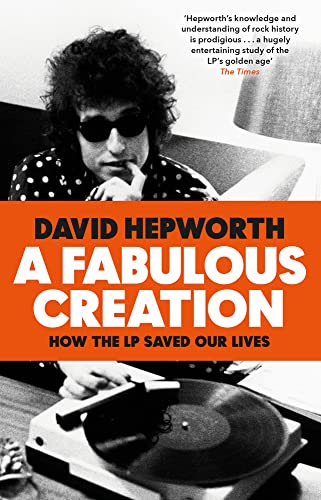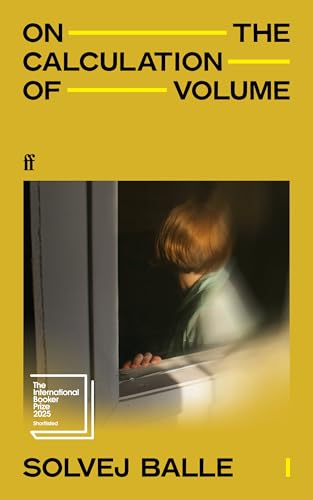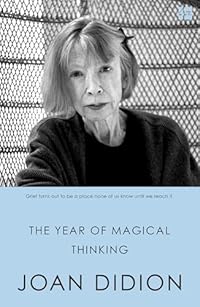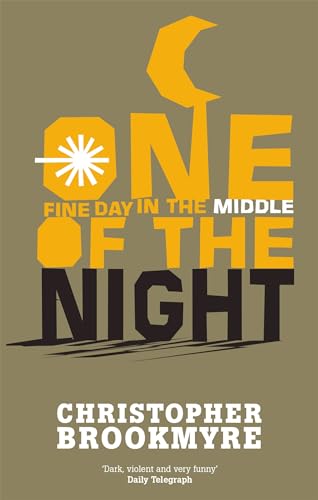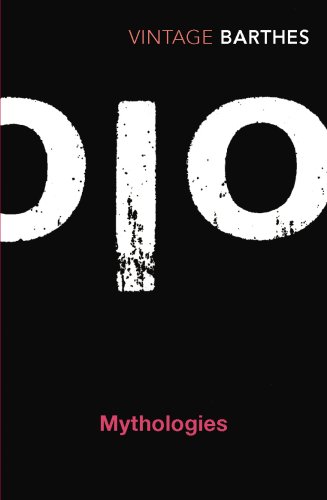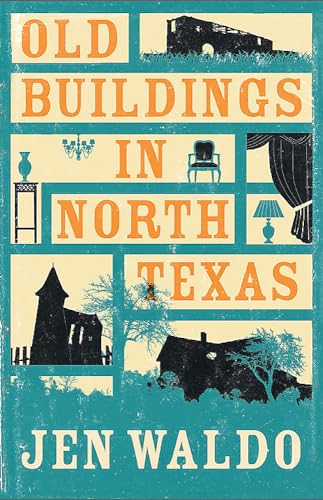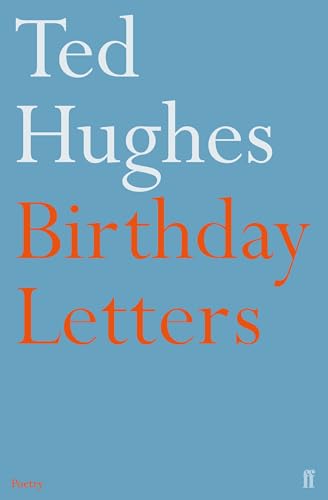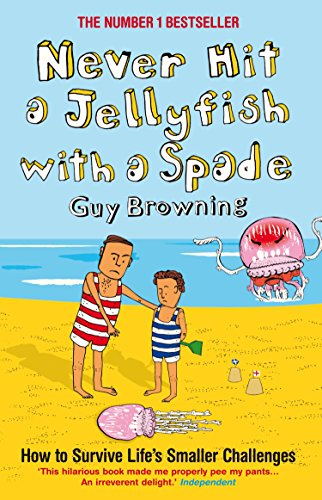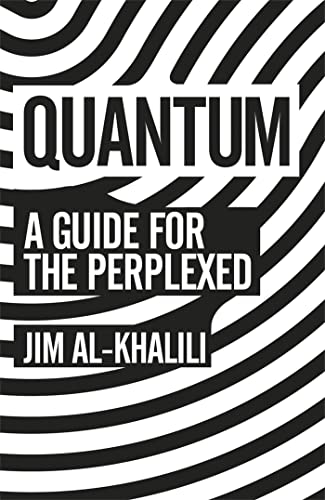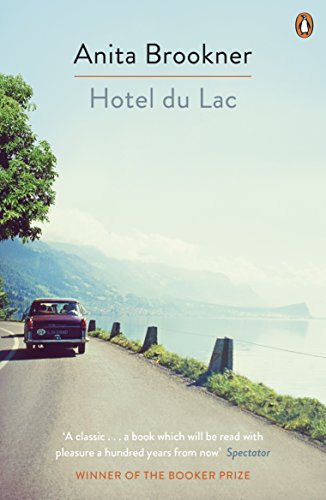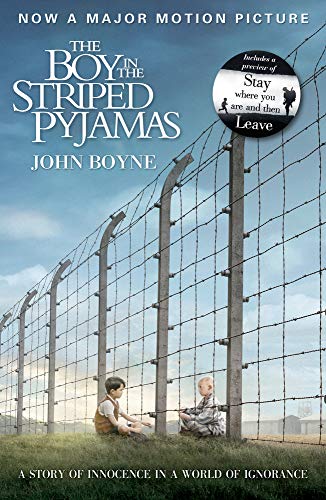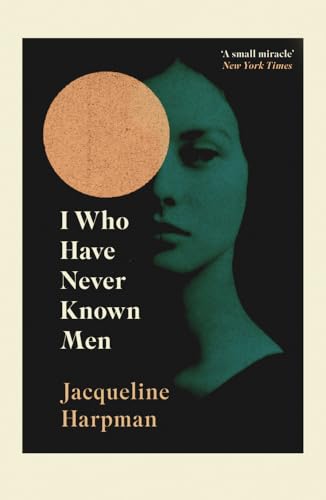Book 65 - Lol Tolhurst "Goth: A History"
Nov. 30th, 2025 04:18 pmLol Tolhurst "Goth: A History" (Quercus)
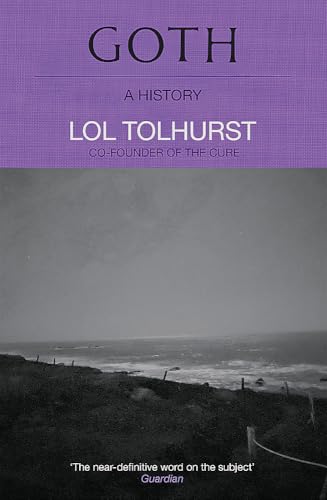
This is the second book by Lol Tolhurst who was the original drummer for The Cure. Both Tolhurst and Robert Smith (lead guitarist and singer) were Catholic and raised so until their high school years when they saw the church as limiting rather than liberating both morally and culturally. They grew up in 1970s England, which was hard hit by unemployment during Margaret Thatcher’s term as Prime Minister. Tolhurst says The Cure arose in the first place from a place of Catholic guilt and longing and the emotional distress that came from that guilt. Technically speaking this book should have been titled Goth: A Personal History since much of the book comes from Tolhurst’s personal reflections. There is a name Index and Notes/Bibliography (which always love) but much of the book are his own recollections. This book has a forward by Budgie (drummer for the band Siouxie and the Banshees) who is also a crucial person at the origin of Goth as a modern phenomenon.
These two have worked together recently and the result has been a podcast and this book by Tolhurst. Tolhurst credits many artists who paved the way for Goth as it exists in various forms now: Shelly’s Frankenstein, T.S. Eliot, Camus, Sartre, Sylvia Plath, Joy Division, The Clash, even The Doors with “Moonlight Drive” and “The End”. Tolhurst says that many people claim that goth music came into being with “The End”. This book touches on a huge amount of topics which makes it formidable to argue against considering that Tolhurst speaks from personal experience almost on every page. The book ends with Tolhurst defining a new entity called “Elder Goths” which deals with self-determination. Elder Goth’s own personal decisions to live and dress as they please even if that means society (the general culture) mislabels them as strange.
The whole thesis by Tolhurst is that Goth is a valid and worthwhile subculture which deserves and must live on as a foil to authoritarian regimes which hold sway, as did the Punks in Thatcher’s England until the Sex Pistols flamed out. Tolhurst enjoys writing and I like his personal style and his consistent approach to his subject matter. Obviously Tolhurst has used this book as further self-discovery and self-healing and he shows himself as vulnerable in many places. Many memoirs are written by ghost writers, but you can feel that this is Lol struggling to be as truthful with his expressions as possible and determined with all his strength to be honest and sincere to the events and his feelings about those events. Wort hreading.

This is the second book by Lol Tolhurst who was the original drummer for The Cure. Both Tolhurst and Robert Smith (lead guitarist and singer) were Catholic and raised so until their high school years when they saw the church as limiting rather than liberating both morally and culturally. They grew up in 1970s England, which was hard hit by unemployment during Margaret Thatcher’s term as Prime Minister. Tolhurst says The Cure arose in the first place from a place of Catholic guilt and longing and the emotional distress that came from that guilt. Technically speaking this book should have been titled Goth: A Personal History since much of the book comes from Tolhurst’s personal reflections. There is a name Index and Notes/Bibliography (which always love) but much of the book are his own recollections. This book has a forward by Budgie (drummer for the band Siouxie and the Banshees) who is also a crucial person at the origin of Goth as a modern phenomenon.
These two have worked together recently and the result has been a podcast and this book by Tolhurst. Tolhurst credits many artists who paved the way for Goth as it exists in various forms now: Shelly’s Frankenstein, T.S. Eliot, Camus, Sartre, Sylvia Plath, Joy Division, The Clash, even The Doors with “Moonlight Drive” and “The End”. Tolhurst says that many people claim that goth music came into being with “The End”. This book touches on a huge amount of topics which makes it formidable to argue against considering that Tolhurst speaks from personal experience almost on every page. The book ends with Tolhurst defining a new entity called “Elder Goths” which deals with self-determination. Elder Goth’s own personal decisions to live and dress as they please even if that means society (the general culture) mislabels them as strange.
The whole thesis by Tolhurst is that Goth is a valid and worthwhile subculture which deserves and must live on as a foil to authoritarian regimes which hold sway, as did the Punks in Thatcher’s England until the Sex Pistols flamed out. Tolhurst enjoys writing and I like his personal style and his consistent approach to his subject matter. Obviously Tolhurst has used this book as further self-discovery and self-healing and he shows himself as vulnerable in many places. Many memoirs are written by ghost writers, but you can feel that this is Lol struggling to be as truthful with his expressions as possible and determined with all his strength to be honest and sincere to the events and his feelings about those events. Wort hreading.

